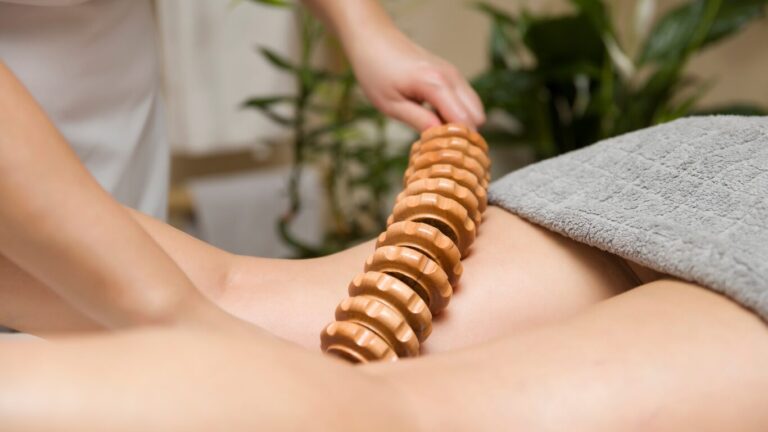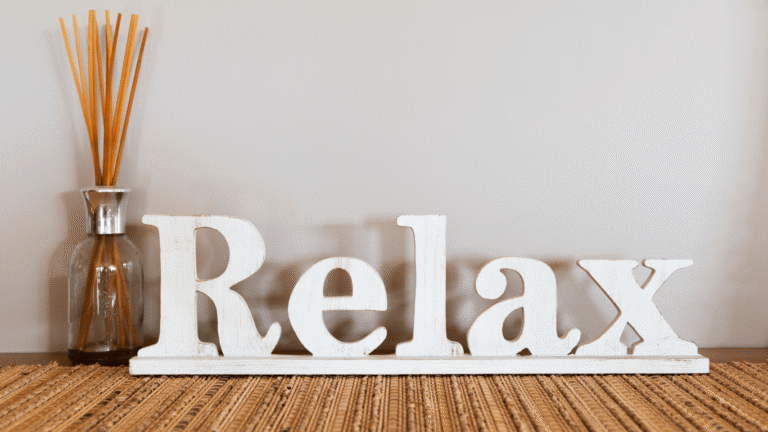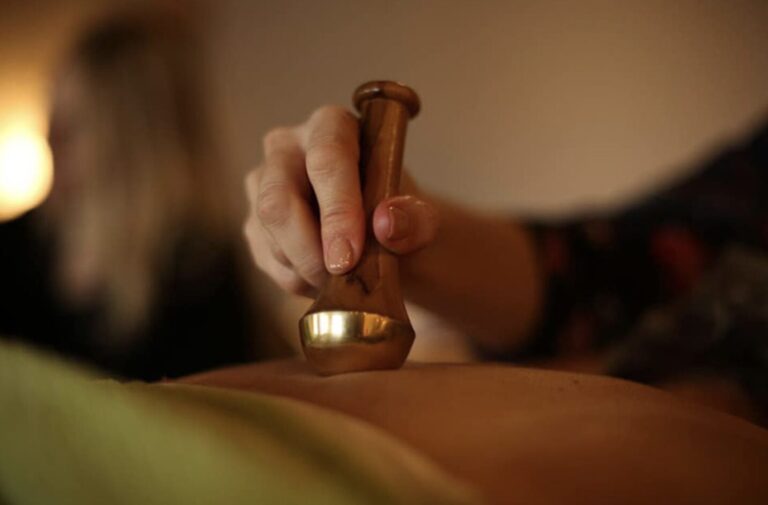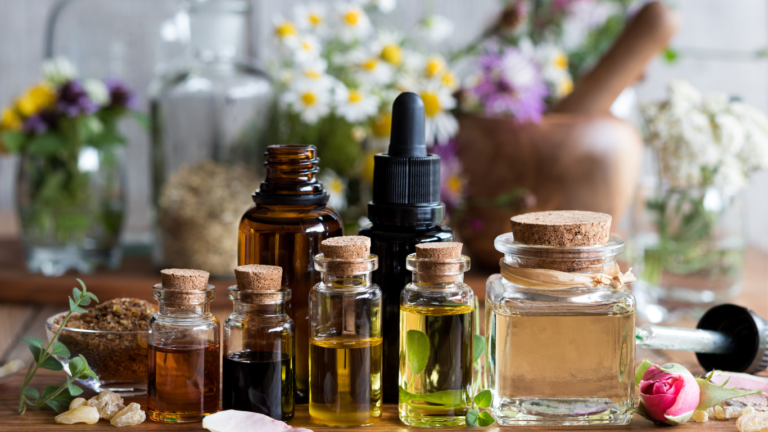All you need to know about water retention: causes and solutions
La water retentionalso known asoedemais a common condition that occurs when a excess fluid accumulates in the body's tissues. This can lead to swelling in various parts of the body, such as the hands, feet, ankles and legs. Although mild water retention is usually harmless and temporary, severe cases can be a sign of an underlying health problem. In this article, we explore the causes of water retention and discuss effective solutions to help alleviate this condition.
What causes water retention?
Several factors can contribute to the water retention. A common cause is a diet high in sodium, which can lead to an imbalance of fluids in the body. Visit hormonal changesOther side-effects, such as those that occur during menstruation or pregnancy, can also trigger fluid retention. Certain medications, such as corticosteroids and non-steroidal anti-inflammatory drugs (NSAIDs), can cause fluid retention as a side effect. Visit lack of physical activity can slow down circulation and lead to an accumulation of fluid in the tissues. Underlying health problems, such as kidney disease or heart failure, can also lead to fluid retention.
Solutions for water retention
If you suffer from a mild water retentionThere are a number of things you can do to reduce swelling and discomfort. One of the most effective ways of combating water retention is to reduce your consumption of sodium. Try to avoid processed foods, which are often high in salt. Instead, opt for fresh fruit and vegetables, which are naturally low in sodium. Drink lots ofwater can also help to eliminate excess fluid from your body. L'financial year regular exercise, such as walking or swimming, can improve the traffic and prevent fluid build-up. Elevating your legs when you're resting can help reduce the risk of dizziness.swelling of the lower limbs.
La maderotherapyor wood therapycan also be an excellent natural supplement for promoting lymphatic drainage and the elimination of excess fluids. The intense smoothing and pumping movements performed with the wooden tools stimulate the lymphatic circulation and unblocks oedematous areas. This ancestral technique effectively removes fluid stagnation by activating the lymphatic while soothing muscular tension.
If your water retention is severe or persistent, it is important to consult a healthcare professional. They can help determine the underlying cause of your oedema and recommend appropriate treatment options. In some cases diuretics can be prescribed to help your body eliminate excess fluid. Clothing for compressionsuch as socks or sleeves, can help to reduce the amount ofswelling and improve traffic in the affected areas. In more serious cases, medical procedures, such as draining excess fluid from the tissues, may be necessary.
Prevention tips
Preventing fluid retention involves making simple changes to your lifestyle that can help maintain a healthy water balance in your body. A balanced diet, low in sodium and high in potassium, can help prevent water retention. Visit foods rich in potassiumFoods such as bananas, avocados and sweet potatoes can help regulate fluid levels in the body. L'regular exercise is also important for preventing water retention, as it helps maintain fluid circulation. Avoid prolonged periods of sitting or standing can help reduce the risk of fluid accumulating in the legs. Drinking plenty of water throughout the day can help eliminate toxins and prevent fluid retention.
In conclusion, fluid retention is a common condition that can be caused by a variety of factors, including diet, hormonal changes, medication and underlying health problems. Although mild water retention is generally harmless, severe cases may require medical attention. By making simple lifestyle changes, such as reducing sodium intake, staying hydrated and exercising regularly, you can help prevent and reduce fluid retention. If you experience persistent or severe oedema, it's important to see a healthcare professional for proper diagnosis and treatment. With the right approach, you can effectively manage fluid retention and maintain a healthy fluid balance in your body.







